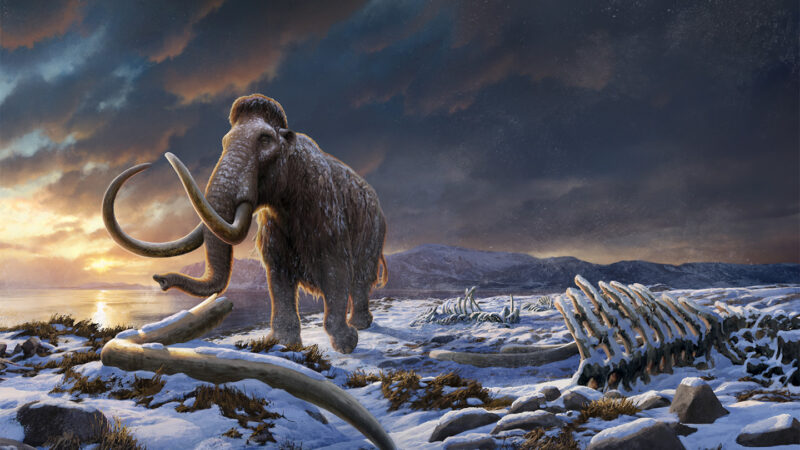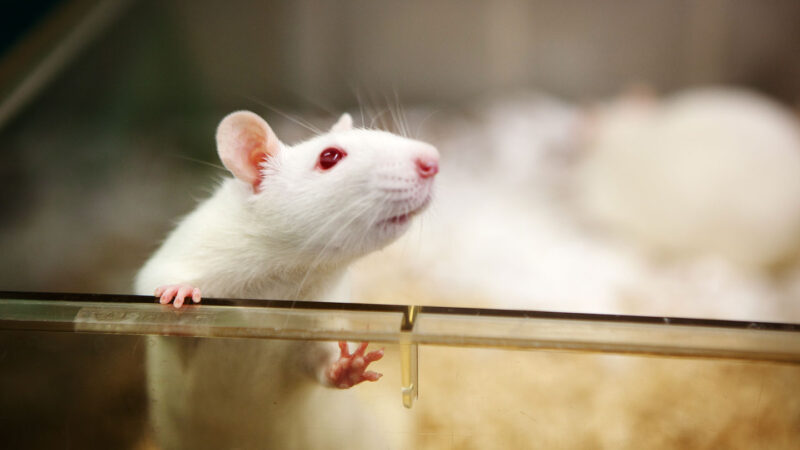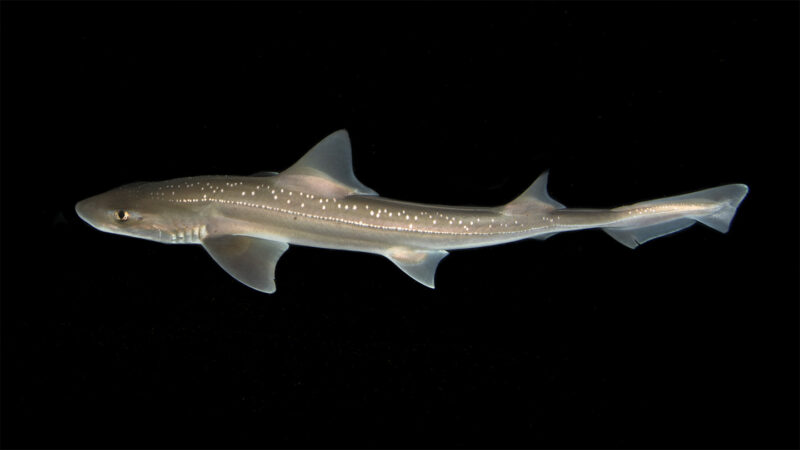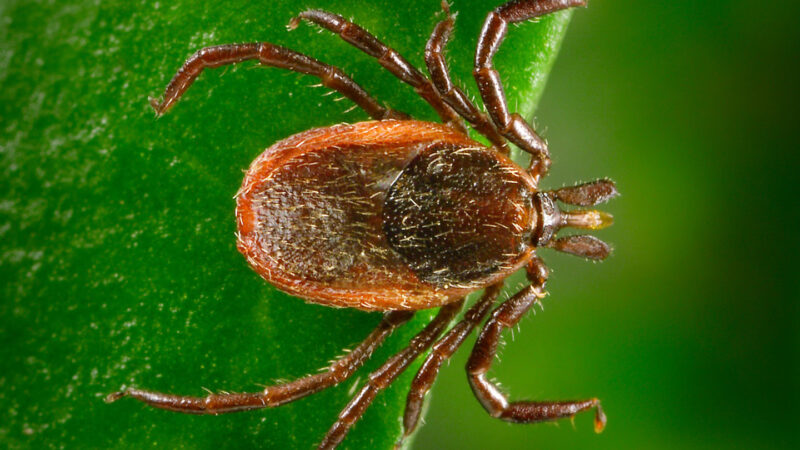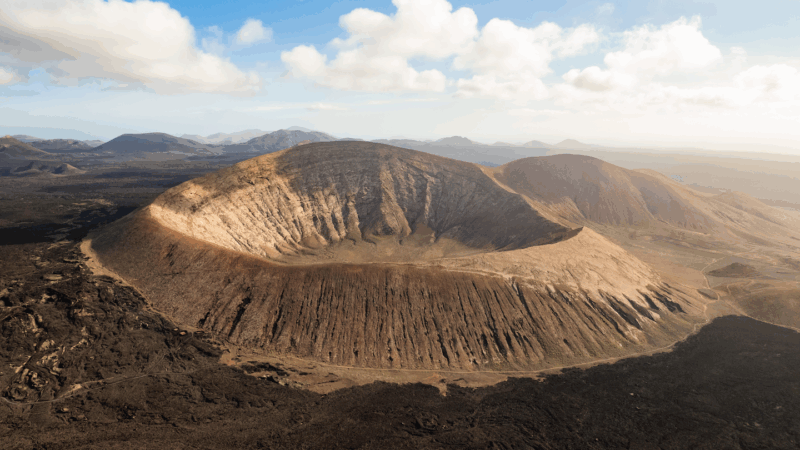Four thousand years ago, the world’s last woolly mammoth took its final breath. But the reason for that may not be what many scientists had long suspected.
The last of this species lived on Wrangel Island. That’s off the coast of what is now Siberia. Being cut off from other mammoths could have led this group to become inbred. (When members of a species are too closely related, their offspring often can’t survive or reproduce.)
Scientists Say: Extinction
A new study confirms that this mammoth herd was inbred. However, that’s not what did them in, the data suggest. In fact, over time the Wrangel Island herd lost harmful genetic mutations. This hints that some other random event caused the beasts to go extinct.
Researchers shared these findings in the July 11 Cell.
This study is “remarkable,” says paleontologist Joshua Miller. He works at the University of Cincinnati in Ohio and did not take part in the work. The new research offers clues to the end of Wrangel Island’s woolly mammoths, he says. It also points to how tracking genetics could help protect endangered species today.
Mammoths’ mysterious exit
Woolly mammoths once called mainland Siberia home. Rising sea levels some 10,000 years ago, however, stranded some of these huge beasts on different islands. This could have kept the separated groups from mating with each other. Such a separation can be harmful. Why? A mating between closely related members of a species tends to create offspring with less genetic variation.
“Genetic variation is the general toolbox that animals have in order to adapt to changes in the environment,” explains Love Dalén. He did take part in the study. An evolutionary geneticist, he works at the Centre for Palaeogenetics. That’s in Stockholm, Sweden.
Scientists had worried about inbreeding within isolated groups of mammoths. If it lowered gene variation in their young, later generations might end up with more harmful mutations. And that could lead to disease and death. Some scientists have called this the “meltdown model.”
But for more than a decade, Dalén and his colleagues have rejected that idea. And their newfound evidence now supports their position.
Decoding woolly mammoth DNA
Over the years, Dalén’s group has gathered woolly mammoth tusks, bone bits and teeth from Siberia and Wrangel Island. In the lab, they extracted each animal’s complete set of DNA, also known as its genome.
The team has now looked at 21 of those genomes. The DNA came from mammoths that lived during the species’ last 50,000 years on Earth. This included the time when some became isolated on Wrangel Island.
Using computer models, the team compared these genomes to those from humans and elephants. (Elephants are mammoths’ closest living relatives.) Those models helped predict how harmful different mutations had been to the mammoths. They also helped show whether, over time, the mammoth populations got rid of such mutations.
Wrangel Island’s herd began with at most eight mammoths, the new analysis finds. In time, they grew to number some 200 to 300 animals. And the herd stayed that big until the species went extinct.
The most harmful mutations became less common over time, the new data show. This may be because animals with these gene changes couldn’t or didn’t reproduce. And less-severe mutations likely would not have caused these mammoths to die out, Dalén says.
These data offer “really good evidence against the meltdown model,” says Vincent Lynch. “But,” he adds, “it doesn’t completely exclude that.” Lynch is an evolutionary biologist at the University at Buffalo in New York.
So a drop in genetic variation, he says, may not have been the final nail in the mammoths’ coffin. But a buildup of small mutations could have made the mammoths more vulnerable to other threats. Such threats could have included disease, climate shifts or human settlers.
The team was not able to get high-quality DNA for the final few generations of Wrangel Island mammoths. So, for now, woolly mammoths’ final moments remain a mystery.
“Maybe they were just unlucky,” Dalén says. If some disaster had not struck Wrangel Island, perhaps “we would have had mammoths walking around still today.”

